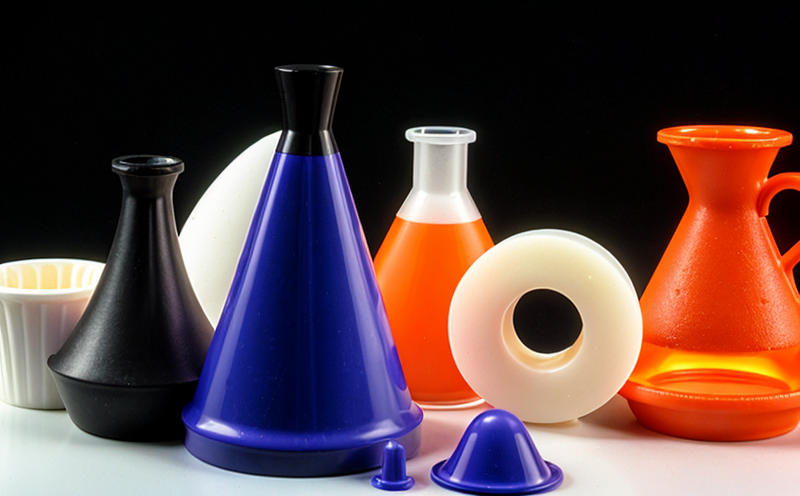Fragrance Additive Testing in Polymers
In today's competitive market, where consumer demand for innovative and sustainable products is growing exponentially, ensuring that fragrance additives are correctly incorporated into polymers is critical. This process involves a series of rigorous tests aimed at evaluating the chemical compatibility, performance enhancement, and safety of fragrances when mixed with polymer materials.
Fragrance additive testing in polymers is essential to ensure that the final product meets both consumer expectations and regulatory requirements. The primary goal is to determine how well the fragrance additive integrates into the polymer matrix without causing any adverse effects on its properties or performance. This includes assessing aspects such as thermal stability, mechanical strength, and overall chemical resistance of the finished product.
The testing process typically begins with thorough sample preparation, which may involve dissolving the fragrance in a suitable solvent before mixing it into the polymer matrix. Care must be taken to ensure that the proportions are accurate and consistent across all samples being tested. Once prepared, these mixtures undergo various analyses designed to measure their physical and chemical characteristics.
Key tests include differential scanning calorimetry (DSC) to assess thermal behavior, rheological testing to understand flow properties under different conditions, and Fourier-transform infrared spectroscopy (FTIR) to verify the presence of specific functional groups within the compound. Additionally, colorimetric tests help monitor any potential changes in appearance due to interaction between components.
Another crucial aspect is evaluating the long-term stability of these materials over time and under varying environmental conditions such as temperature fluctuations or exposure to light. This helps predict how well the product will perform throughout its lifecycle from production through end-of-life disposal if necessary.
Moreover, safety assessments are conducted using appropriate standards like ISO 14972 for biocompatibility where relevant, ensuring that there is no risk posed by the use of fragrance additives in contact with human tissues. Compliance with international norms such as ASTM D6974 ensures reliability and consistency across different markets.
Given the complexity involved in this area of work, it's important to partner with experienced laboratories equipped with state-of-the-art facilities capable of handling these intricate analyses accurately and efficiently. By doing so, companies can rest assured that they are receiving reliable data which will ultimately lead them towards developing high-quality products trusted by consumers worldwide.
Industry Applications
- Consumer goods manufacturing: Developing new scented plastics used in packaging or consumer items.
- Pharmaceutical industry: Creating biodegradable drug delivery systems where fragrance enhances patient compliance.
- Fashion and textile sectors: Incorporating fragrances into fabrics for improved wearer experience.
Environmental and Sustainability Contributions
- Reduces waste by optimizing the amount of additive used, thus minimizing unnecessary resources consumption.
- Promotes recycling through enhanced recyclability properties imparted to polymers via fragrance additives.
- Encourages circular economy practices by ensuring that even biodegradable materials decompose safely without harmful effects.





